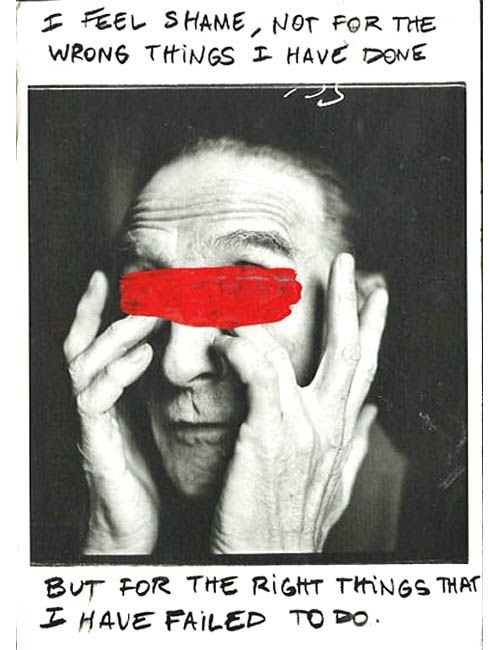WHY ARE AMERICANS HARDWIRED TO BLAME VICTIMS?
In what now seems like moments ago, an American political slogan took flight in the zeitgeist: Believe survivors. It was at the launch of the #MeToo movement (2017), a social movement that served to bring attention to women’s allegations of sexual assault and harassment, that hashtags such as #believevictims and #believesurvivors began to circulate on social media and grew in popularity. Supporters pushed to dispel victim-blaming culture that often excused and enabled the mistreatment of women and highlighted the harmful, silencing tactics used against outspoken victims.
With women representing almost half of the U.S population (331 million) vengeance was felt. Banners were raised. T-shirts were printed. Women in pink pussy hats marched all over town. “No more to the violence against women,” they shouted. “We stand with the victims,” they claimed. Some bulldogs were sent to prison, the remainder went underground. HR did some PR, careers were made. As a culture we closed another chapter of sweeping the mess under the rug.
Victim-blaming culture jeopradize our ability to fairly critique and empathize with the sufferers of violence. Until this point, I have kept my voice out of this conversation and allowed it to be led by those involved and by people with more knowledge and resources than myself. But yesterday, when I found out that Gaza’s cellular and internet connections had gone dark, I realized that this is no different than a hand over over the mouth, the blocking of a door, or the closing of blinds. Silencing tactics follow the same rhythmic patterns no matter the scale. When voices carry, cut the mic.
In 2007 terrorist-organization Hamas gained dominance over Gaza escalating tensions between Israel and Palestine. On October 7, 2023 terrorist-organization Hamas led surprise attacks against Israel. Over 1,400 Israelis, mostly civilians were murdered. Straight away the internet sliced into teams as civilians from both sides took to social media to broadcast their lives on the battleground. In the midst of that rubble, a distinct plea was calling out to be acknowledged and it was one that has been heard before: Free Palestine.
Since 1948, Israel has been in an on-going conflict with Palestine in which most of the military exertions have been in the Gaza Strip. Several have claimed that Israel’s reaction to the Hamas’ attack is being misled to enact more harm against Palestinian civilians and is a continuation of decades of aggressive oppression. Last Wednesday, U.S President Joe Biden publicly doubted the rising death toll of 7,000 Palestinians, claiming that he has “no confidence in the numbers,” produced by Palestinians. When confronted by the large amount of civilian casualties he stated that “it’s the price of waging a war.”
The President’s public doubt of the Palestinian death toll was met with shock and disappointment by those in support of a cease-fire. The following day the Gaza Health Ministry released a 212-page document identifying the names of 6,747 murdered civilians, another 281 of the dead have yet to be identified. The President’s statement, whether it was issued with this intention or not, undermines the Palestinian’s credibility on a global scale. The Humans Rights Watch verified that on October 10th and 11th, Israel used white phosphorus, which violates international humanitarian law, in its military operations within the Gaza border. Despite the protests that have erupted across major US cities, including Jewish peace activists “Not in Our Name” campaign the White House has refused to support a ceasefire as a preventative method to end civilian killings.
Victim blaming may be compounded by prejudiced views related to intersecting identities.The just-world theory speculates that people have a deep-seated belief that the world is generally a just and fair place. Thus, when something bad happens to a good person or innocent party, there is a tendency to blame the victim or victims in order to psychologically separate and maintain the view that the world is just and orderly. This aids the case of the parties performing the abuse as it marginalizes and casts out the victims.
Tips to Combat Victim Blaming
• Listen to survivors when they share their story and let them know that it is not their fault.
• Speak out against jokes, propaganda and comments that blame the victim.
• Challenge your views and society’s attitudes
• Hold perpetrators accountable and responsible for their actions without

